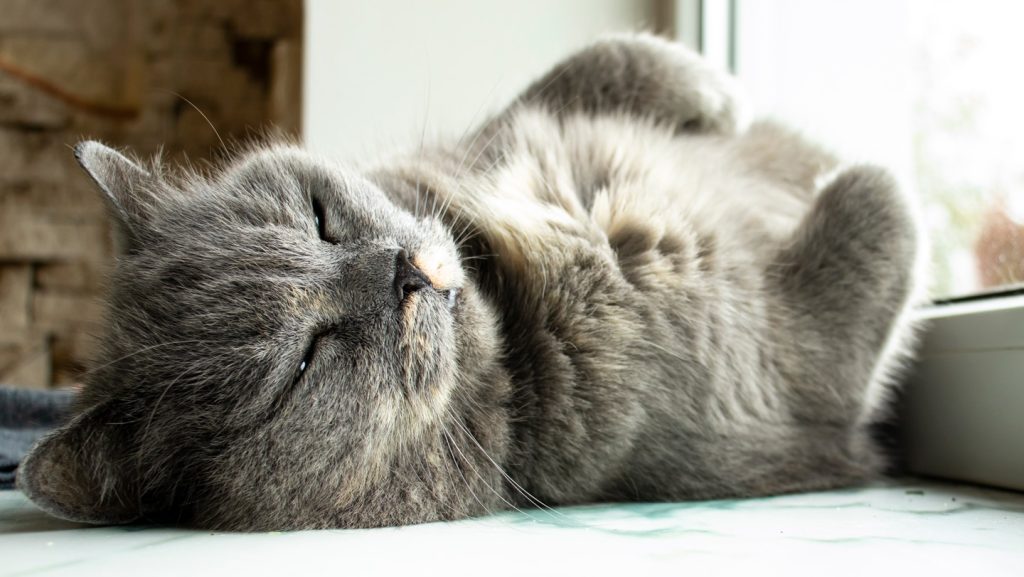Aging Cats and Dementia: New Insights into Feline Brain Health
As our beloved feline companions grow older, pet owners often notice concerning changes in behavior—increased nighttime yowling, disrupted sleep patterns, and general confusion or disorientation. These symptoms mirror those seen in humans with dementia, and now groundbreaking research published in the European Journal of Neuroscience offers scientific evidence of these similarities at the neural level. Scientists have discovered that aging cats experience a buildup of amyloid-beta plaques in their brains, the same protein deposits that characterize Alzheimer’s disease in humans.
The study, led by veterinarian Robert McGeachan from the University of Edinburgh, examined the postmortem brains of 25 cats—seven young cats and 18 older ones, including eight that had displayed behavioral signs of dementia before their deaths. Using advanced techniques with fluorescent markers that specifically bind to amyloid beta, the research team found significantly higher concentrations of this protein in the brains of all older cats compared to their younger counterparts. Most notably, these amyloid plaques tended to accumulate around synapses, the critical connections between nerve cells that allow for proper brain function and cognition.
Beyond simply identifying the presence of amyloid plaques, the researchers observed another concerning parallel with human Alzheimer’s disease: the abnormal behavior of brain support cells. In all the aged cats studied, regardless of whether they had exhibited dementia symptoms, microglia (immune cells that regulate inflammation) and astrocytes (cells that maintain the brain’s environment) showed signs of hyperactivity. These support cells appeared to cluster around the amyloid beta deposits, suggesting they were dispatched to address these protein accumulations. However, instead of solely targeting the problematic protein clumps, these hyperactive cells seemed to attack nearby synapses as well, potentially disrupting vital neural connections and contributing to cognitive decline.
Neuroscientist Roberta Marongiu from Weill Cornell Medicine, who wasn’t involved in the study, notes that these findings closely mirror what occurs in human brains affected by Alzheimer’s disease. In humans with this condition, microglia and astrocytes similarly swarm around amyloid plaques and cause damage to neurons and their connections. This striking parallel suggests that cats could serve as valuable natural models for studying Alzheimer’s disease progression and potential treatments, offering advantages over current research approaches that rely on genetically modified mice to artificially induce Alzheimer’s-like conditions.
The spontaneous development of dementia in aging cats presents exciting opportunities for researchers. Unlike laboratory mice that must be genetically engineered to develop Alzheimer’s pathology, cats naturally experience these neural changes as part of their aging process. As Marongiu points out, “It’s exciting to have a naturally occurring model.” This could potentially lead to more relevant insights into how the disease progresses and responds to interventions, though cats are unlikely to completely replace mice in research settings due to practical considerations like higher costs and longer lifespans.
McGeachan and his team are continuing their investigations, hoping to uncover distinct patterns between cats with and without dementia by studying more brain samples. They also plan to examine other hallmarks associated with Alzheimer’s disease, such as accumulation of the tau protein, another key marker in human Alzheimer’s. The researchers acknowledge that their initial study had limitations, including a relatively small sample size and similar features between aged cats with and without clinical dementia, indicating the need for more extensive research to fully understand the progression of cognitive decline in felines.
This research represents a promising avenue not just for advancing human medicine but also for improving the health and welfare of our feline companions. As McGeachan emphasizes, “We can improve health for humans and for animals.” By better understanding the mechanisms behind feline cognitive decline, veterinarians may eventually develop more effective treatments for cats experiencing dementia symptoms in their later years. The findings also highlight the remarkable biological connections we share with our pets, reminding us that studying animal health can provide valuable insights into our own well-being, creating a mutually beneficial relationship between human and veterinary medicine.


